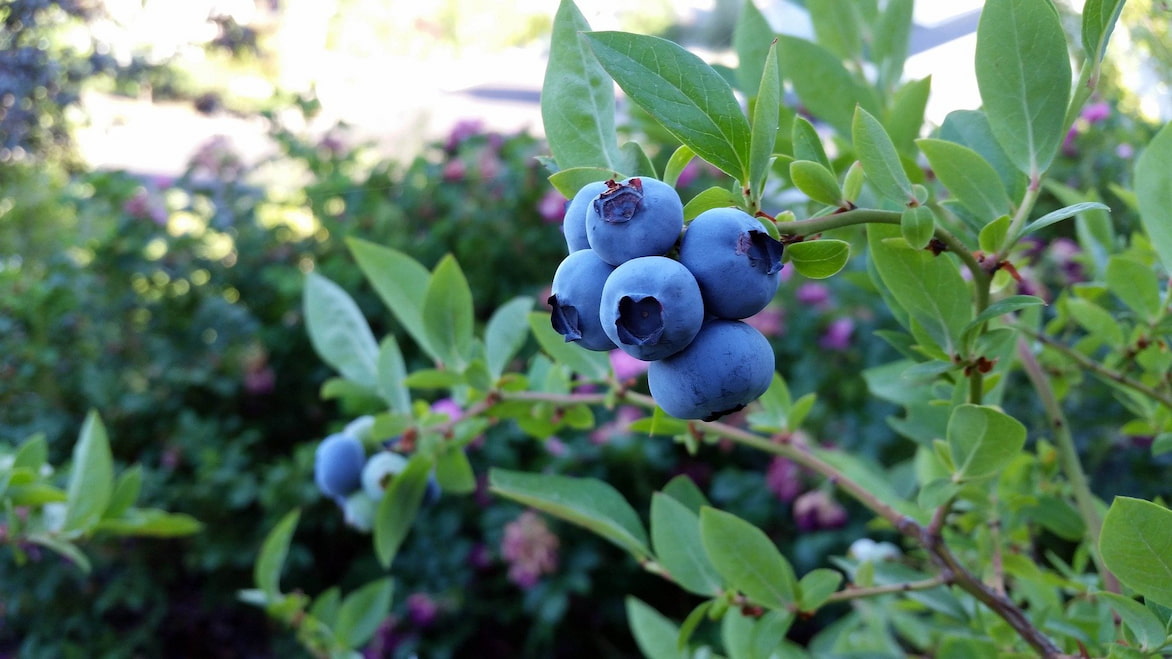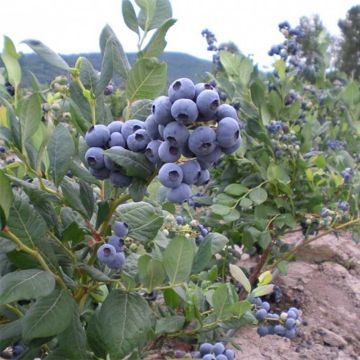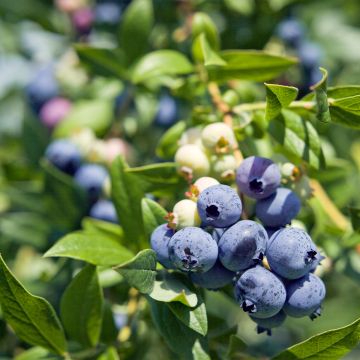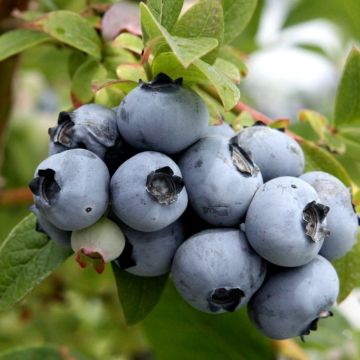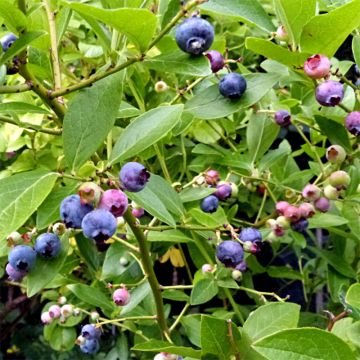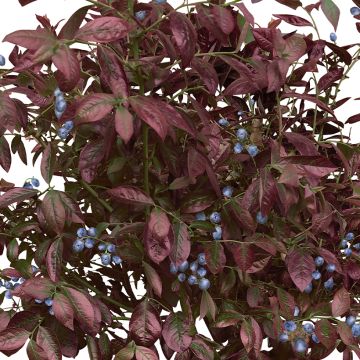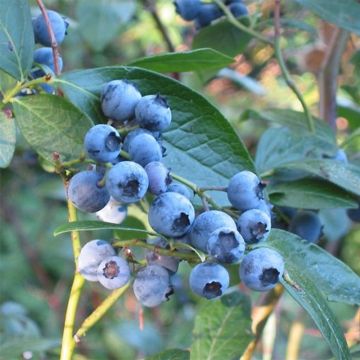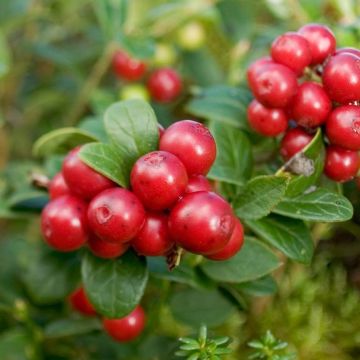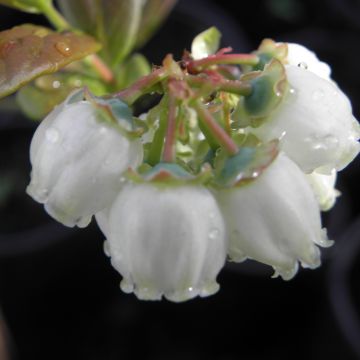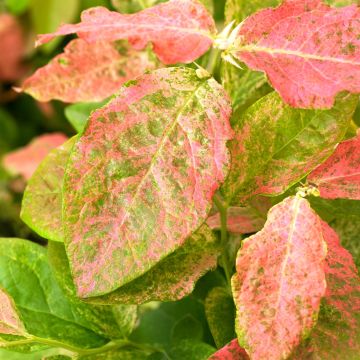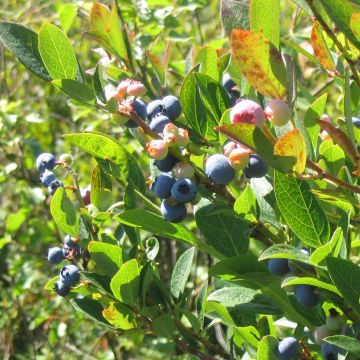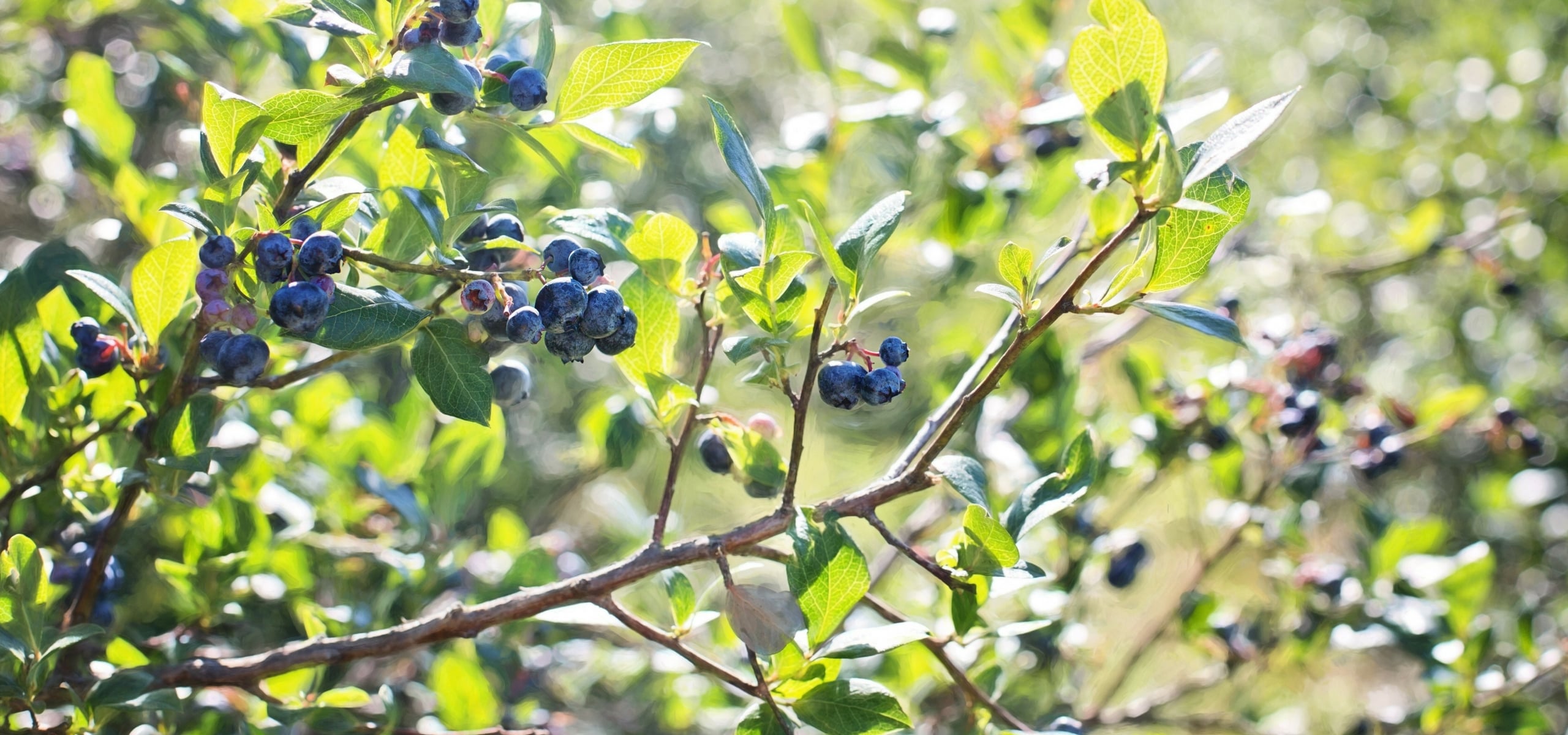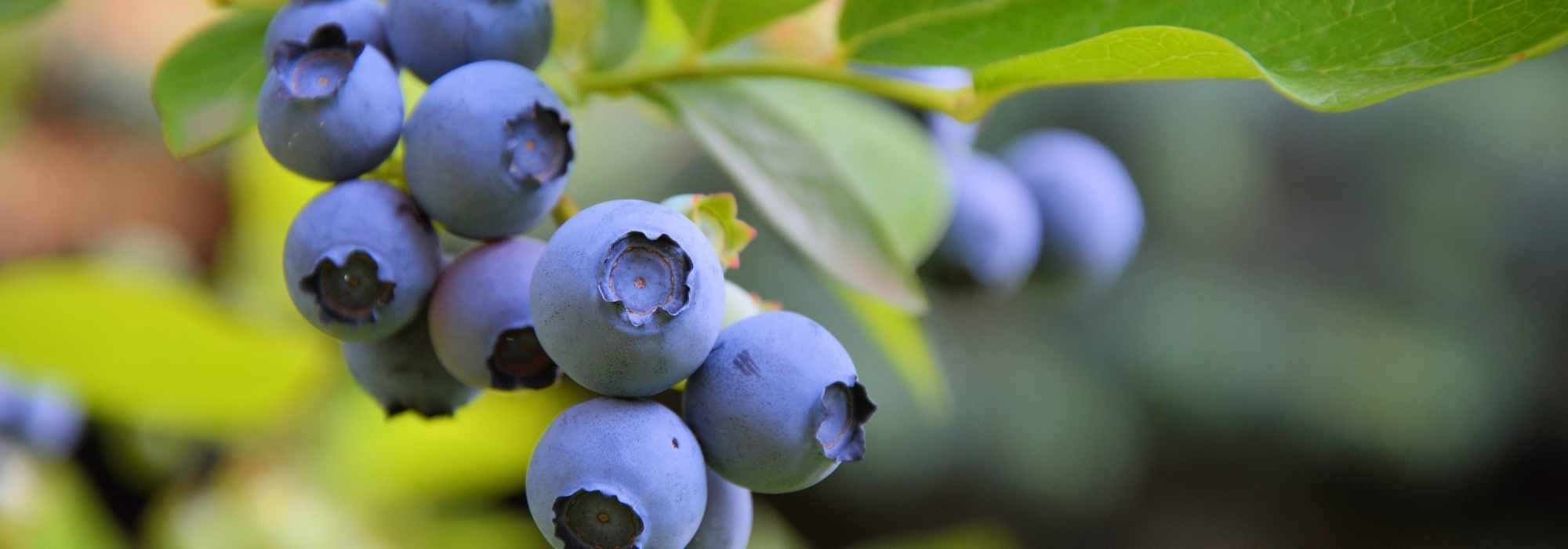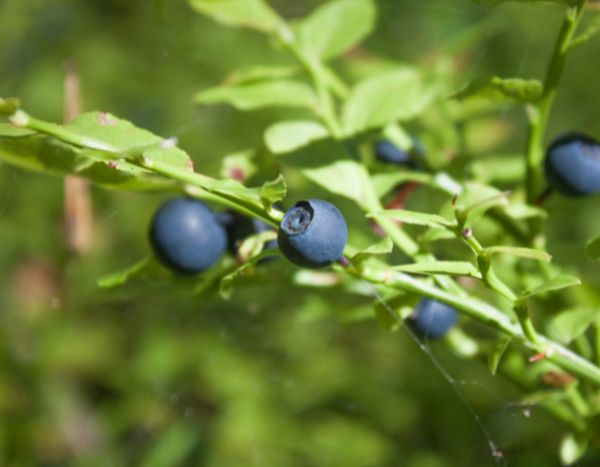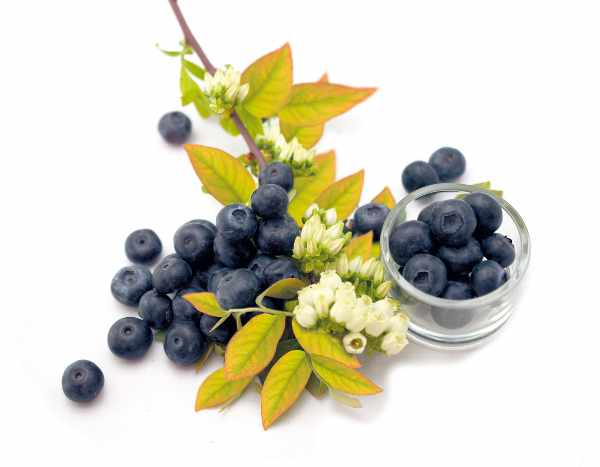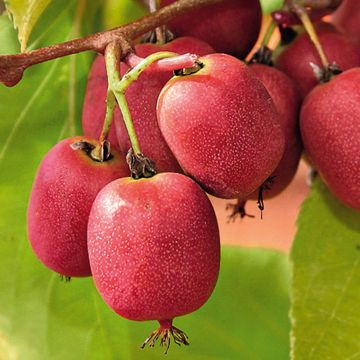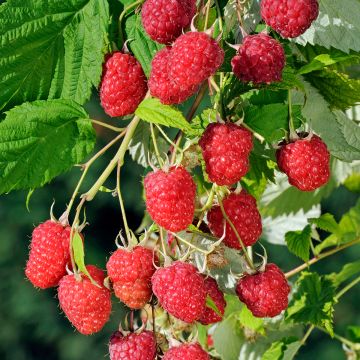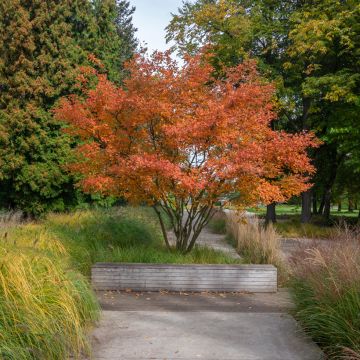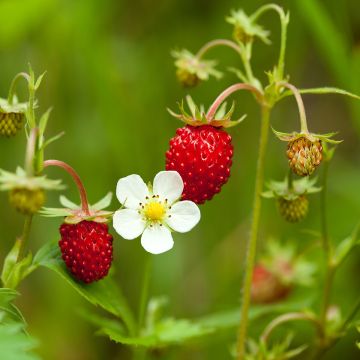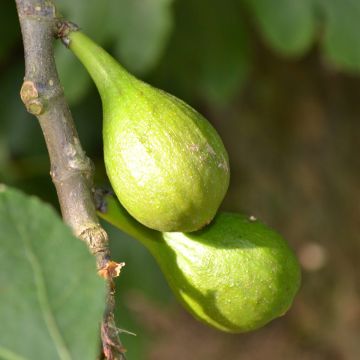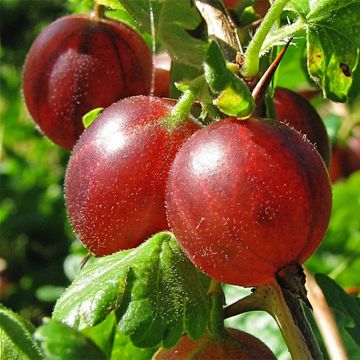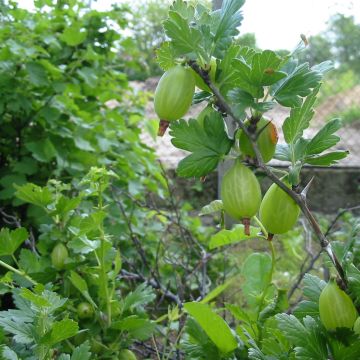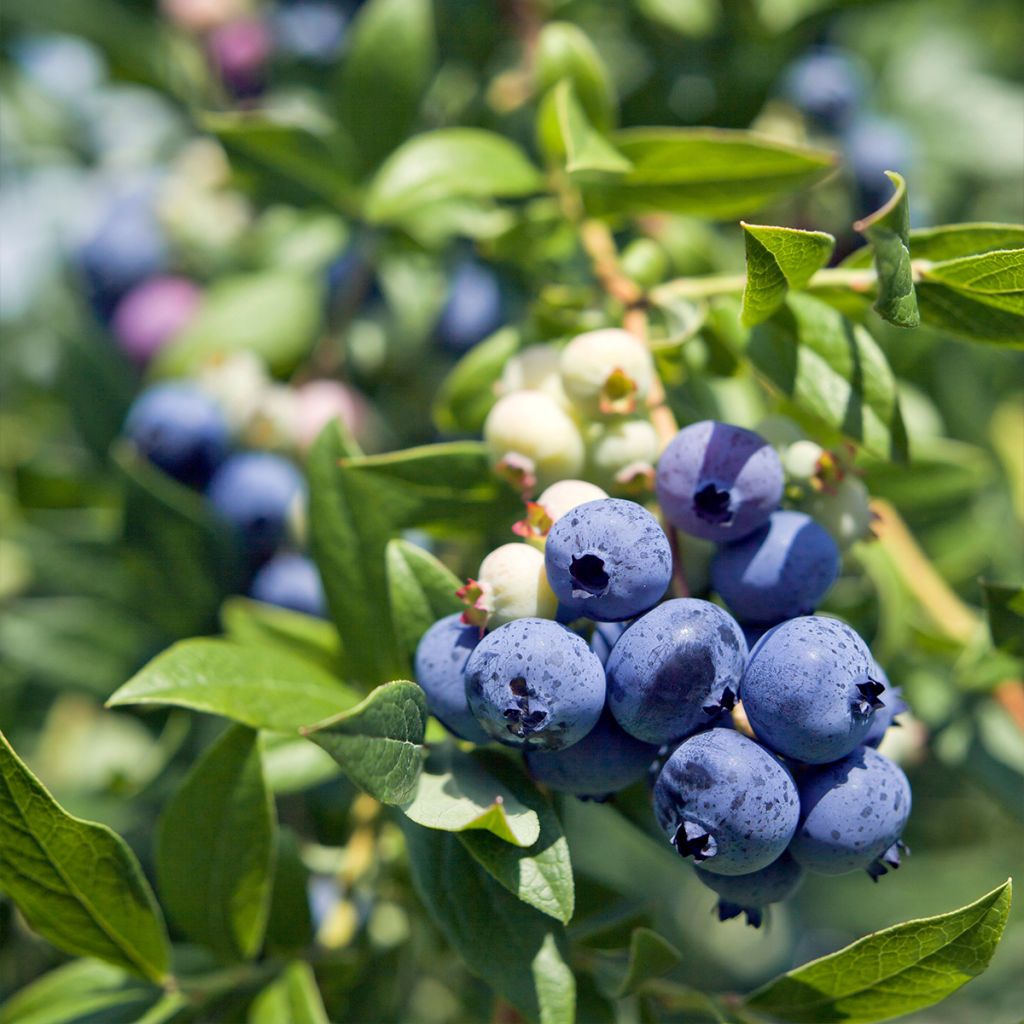

Vaccinium corymbosum Pioneer- American Blueberry
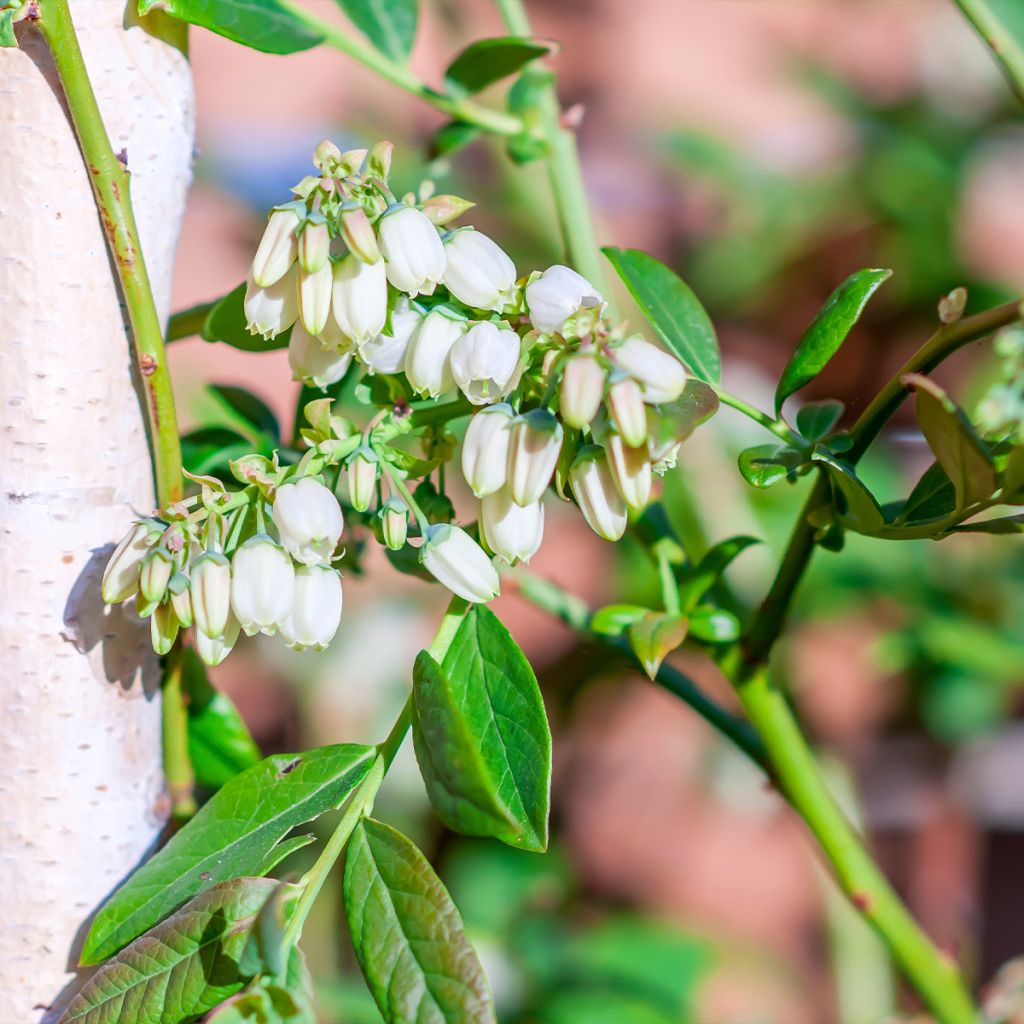

Vaccinium corymbosum Pioneer- American Blueberry
Vaccinium corymbosum Pioneer- American Blueberry
Vaccinium corymbosum Pioneer
American Blueberry, Highbush Blueberry
Special offer!
Receive a €20 voucher for any order over €90 (excluding delivery costs, credit notes, and plastic-free options)!
1- Add your favorite plants to your cart.
2- Once you have reached €90, confirm your order (you can even choose the delivery date!).
3- As soon as your order is shipped, you will receive an email containing your voucher code, valid for 3 months (90 days).
Your voucher is unique and can only be used once, for any order with a minimum value of €20, excluding delivery costs.
Can be combined with other current offers, non-divisible and non-refundable.
Home or relay delivery (depending on size and destination)
Schedule delivery date,
and select date in basket
This plant carries a 6 months recovery warranty
More information
We guarantee the quality of our plants for a full growing cycle, and will replace at our expense any plant that fails to recover under normal climatic and planting conditions.
Description
The Vaccinium corymbosum 'Pioneer' is a vigorous variety of blueberry bush, mid-season, which produces pretty little flowers in May that develop into blueberries ready to be harvested from late July to late August. Like most American blueberry bushes, its foliage turns beautiful shades of red in autumn. Highly resistant to cold, this variety is relatively easy to grow in acidic soil and requires little maintenance. Although self-fertile, fruiting will be better if planted alongside other varieties.
Blueberry bushes belong to the Ericaceae family, known in gardens for its many ornamental genera. In addition to the well-known Rhododendrons and Heather, it also includes other valuable plants such as Pieris, Kalmia, Enkianthus, Gaultheria, and Oxydendrum. There are also edible fruit-bearing Ericaceae, mainly the Strawberry Trees and the Vaccinium genus, which includes blueberries, cranberries, and lingonberries. The highbush blueberry (Vaccinium corymbosum), native to North America, is cultivated in gardens for its abundant and high-quality fruit production. It is a very cold, hardy bush with deciduous foliage that beautifully colours before falling in autumn. It is easy to grow in very acidic soil (intolerant to limestone), in a partially shaded location, for example, in the morning sun.
The 'Pioneer' variety is relatively vigorous, reaching approximately 1.80 metres (6 feet) in height and can exceed 2 metres (7 feet) under favourable conditions. This relatively slow-growing bush measures about 1.20 metres (4 feet) wide, or a little more for older plants. The deciduous foliage consists of medium green, elliptical, and pointed leaves. Its branches take on beautiful autumn colours in shades of red, making it a decorative bush at the end of the season in addition to its fruit production. Flowering occurs in May in small white bell-shaped flowers, 0.5 to 1 cm (0in) long, arranged in pendant clusters 2 to 5 cm (1 to 2in) long at the tips of the stems. It develops into beautiful, bright blue berries, which are also decorative... until they are harvested, of course. These pretty large berries are spherical and ripen around late July. Harvesting can occur until the end of August, starting from the 2nd or 3rd year after planting. This self-fertile variety will fruit better if planted alongside other varieties to allow for cross-pollination.
Blueberries are low in calories but high in nutritional value: they are rich in vitamins A, B, and C, calcium, and iron. They contain pigments (anthocyanins) that improve night vision. Their numerous qualities earn them the label of a superfood, in addition to being a delicious fruit! Blueberries can be consumed fresh, in juice, jam, jelly, sorbet, or pastries (pies, muffins). The fruit can be stored for about ten days after picking and frozen for longer preservation.
Blueberry bushes cannot tolerate limestone and must be grown in very acidic soil (pH 4 to 5.5). Therefore, it is preferable to water them with non-limestone water (rainwater is suitable). This bush is extremely hardy, down to -25 °C and below, and appreciates humidity and partial shade in warm climates. You can plant 'Pioneer' together with other varieties of Vaccinium corymbosum if you want to ensure a good harvest. Still, you can incorporate them into a diverse bed of ornamental ericaceous plants. In the foreground of such a bed, Daboecia cantabrica Alba, a small Irish heath with white flowers from June to September-October, well adapted to very acidic soils, would be perfect. Its slightly wild and natural appearance will complement 'Pioneer' ideally. In the same spirit, the Corylopsis willmottiae Spring Purple, with its hazelnut-like appearance, will bring colours with its lemon yellow flowers in March, before the emergence of the purple-coloured young shoots, which retain this colour until early summer when they turn bronze green before finally taking on beautiful autumn colours.
Vaccinium corymbosum Pioneer- American Blueberry in pictures
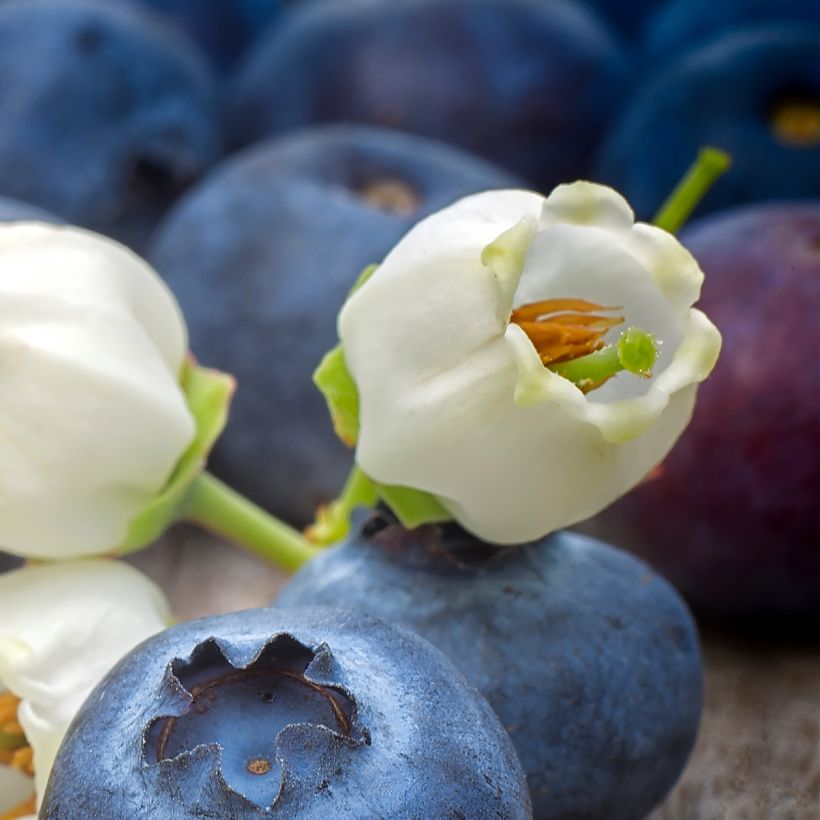

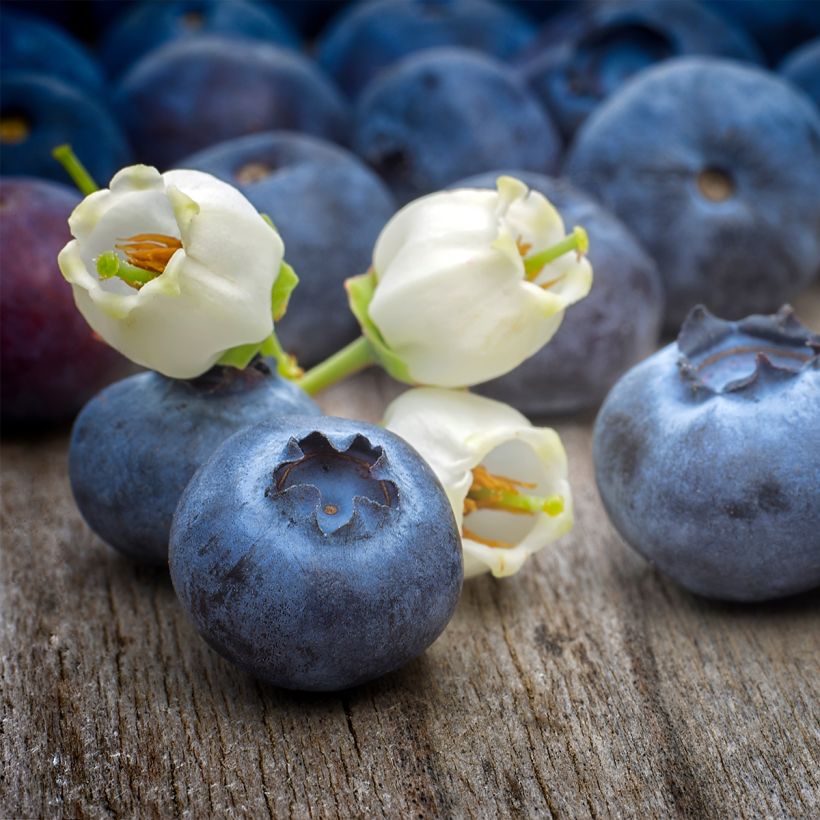

Plant habit
Fruit
Flowering
Foliage
Botanical data
Vaccinium
corymbosum
Pioneer
Ericaceae
American Blueberry, Highbush Blueberry
Cultivar or hybrid
Other Blueberry bush
View all →Planting and care
Planting the Blueberry Bush is ideally done in autumn or throughout the year, avoiding frost and heatwaves. This bush should be planted in a sunny (not scorching) location in the cooler climates and strictly in partial shade in hot climates. If you plant multiple plants, space them 1.20m (4ft) apart in all directions. This Blueberry Bush is highly hardy (-30°C (-22°F) to -35°C (-31°F)) and has an exceptionally long lifespan.
Plant it in very acidic soil (pH between 4 and 5.5), incorporating pure ericaceous soil, or in a mixture of regular soil and peat, well-rotted bark compost. The collar (where the trunk meets the roots) should be level with the ground. Firmly pack the soil and water generously with non-limestone water. In slightly chalky soil, dig a hole 50 to 60cm (20 to 24in) deep, line the edges with a garden felt, place a non-chalk gravel layer of 10cm (4in) thickness at the bottom, then fill with a mixture of compost and ericaceous soil.
The soil should remain moist but not waterlogged: the plant tolerates moderate drought and dislikes stagnant moisture. If watering is necessary, use non-limestone and non-chlorinated water (e.g. rainwater collected). Mulch the base with shredded bark, straw, or fern leaves. It is sometimes helpful to place a protective net if birds become too greedy during harvest. In spring, annually, apply a little well-rotted compost on the surface. The Blueberry Bush is not very susceptible to diseases and pests.
Planting period
Intended location
Care
Planting & care advice
This item has not been reviewed yet - be the first to leave a review about it.
Similar products
Haven't found what you were looking for?
Hardiness is the lowest winter temperature a plant can endure without suffering serious damage or even dying. However, hardiness is affected by location (a sheltered area, such as a patio), protection (winter cover) and soil type (hardiness is improved by well-drained soil).

Photo Sharing Terms & Conditions
In order to encourage gardeners to interact and share their experiences, Promesse de fleurs offers various media enabling content to be uploaded onto its Site - in particular via the ‘Photo sharing’ module.
The User agrees to refrain from:
- Posting any content that is illegal, prejudicial, insulting, racist, inciteful to hatred, revisionist, contrary to public decency, that infringes on privacy or on the privacy rights of third parties, in particular the publicity rights of persons and goods, intellectual property rights, or the right to privacy.
- Submitting content on behalf of a third party;
- Impersonate the identity of a third party and/or publish any personal information about a third party;
In general, the User undertakes to refrain from any unethical behaviour.
All Content (in particular text, comments, files, images, photos, videos, creative works, etc.), which may be subject to property or intellectual property rights, image or other private rights, shall remain the property of the User, subject to the limited rights granted by the terms of the licence granted by Promesse de fleurs as stated below. Users are at liberty to publish or not to publish such Content on the Site, notably via the ‘Photo Sharing’ facility, and accept that this Content shall be made public and freely accessible, notably on the Internet.
Users further acknowledge, undertake to have ,and guarantee that they hold all necessary rights and permissions to publish such material on the Site, in particular with regard to the legislation in force pertaining to any privacy, property, intellectual property, image, or contractual rights, or rights of any other nature. By publishing such Content on the Site, Users acknowledge accepting full liability as publishers of the Content within the meaning of the law, and grant Promesse de fleurs, free of charge, an inclusive, worldwide licence for the said Content for the entire duration of its publication, including all reproduction, representation, up/downloading, displaying, performing, transmission, and storage rights.
Users also grant permission for their name to be linked to the Content and accept that this link may not always be made available.
By engaging in posting material, Users consent to their Content becoming automatically accessible on the Internet, in particular on other sites and/or blogs and/or web pages of the Promesse de fleurs site, including in particular social pages and the Promesse de fleurs catalogue.
Users may secure the removal of entrusted content free of charge by issuing a simple request via our contact form.
The flowering period indicated on our website applies to countries and regions located in USDA zone 8 (France, the United Kingdom, Ireland, the Netherlands, etc.)
It will vary according to where you live:
- In zones 9 to 10 (Italy, Spain, Greece, etc.), flowering will occur about 2 to 4 weeks earlier.
- In zones 6 to 7 (Germany, Poland, Slovenia, and lower mountainous regions), flowering will be delayed by 2 to 3 weeks.
- In zone 5 (Central Europe, Scandinavia), blooming will be delayed by 3 to 5 weeks.
In temperate climates, pruning of spring-flowering shrubs (forsythia, spireas, etc.) should be done just after flowering.
Pruning of summer-flowering shrubs (Indian Lilac, Perovskia, etc.) can be done in winter or spring.
In cold regions as well as with frost-sensitive plants, avoid pruning too early when severe frosts may still occur.
The planting period indicated on our website applies to countries and regions located in USDA zone 8 (France, United Kingdom, Ireland, Netherlands).
It will vary according to where you live:
- In Mediterranean zones (Marseille, Madrid, Milan, etc.), autumn and winter are the best planting periods.
- In continental zones (Strasbourg, Munich, Vienna, etc.), delay planting by 2 to 3 weeks in spring and bring it forward by 2 to 4 weeks in autumn.
- In mountainous regions (the Alps, Pyrenees, Carpathians, etc.), it is best to plant in late spring (May-June) or late summer (August-September).
The harvesting period indicated on our website applies to countries and regions in USDA zone 8 (France, England, Ireland, the Netherlands).
In colder areas (Scandinavia, Poland, Austria...) fruit and vegetable harvests are likely to be delayed by 3-4 weeks.
In warmer areas (Italy, Spain, Greece, etc.), harvesting will probably take place earlier, depending on weather conditions.
The sowing periods indicated on our website apply to countries and regions within USDA Zone 8 (France, UK, Ireland, Netherlands).
In colder areas (Scandinavia, Poland, Austria...), delay any outdoor sowing by 3-4 weeks, or sow under glass.
In warmer climes (Italy, Spain, Greece, etc.), bring outdoor sowing forward by a few weeks.






























